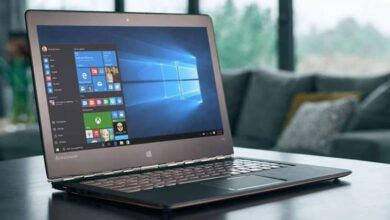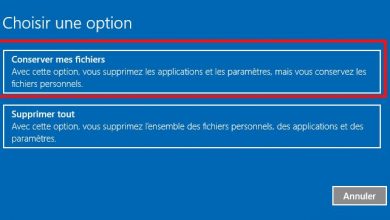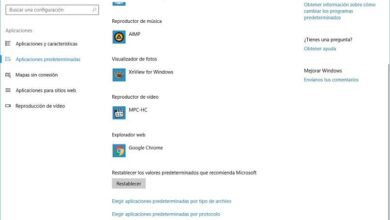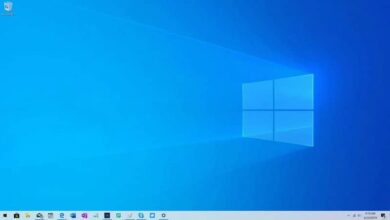How to view programs installed on a local or remote computer with Windows PowerShell
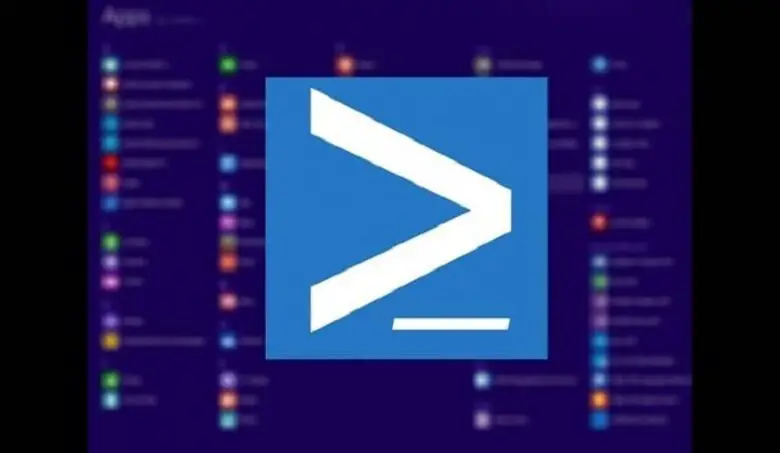
There are many reasons why we need to know what programs we have installed on our computer. And one of them is when we decided to format the PC for the installation a new version of Windows . This way, know which ones are currently installed, that is why in the following article we will show you how to view the programs installed on the local or remote computer in Windows PowerShell.
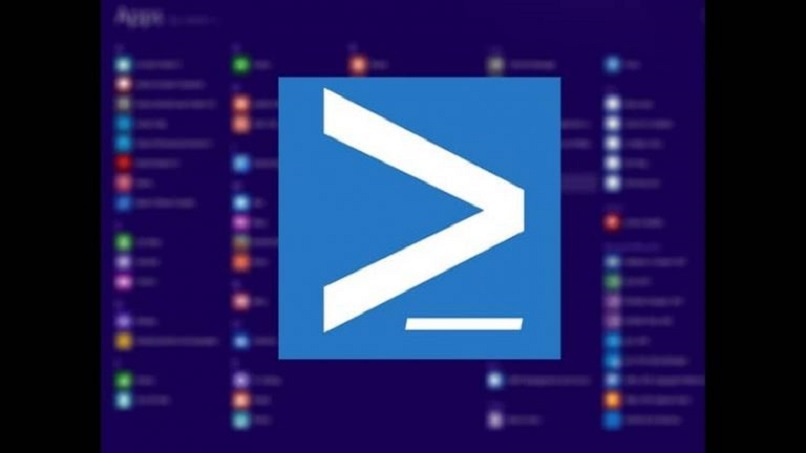
Of course, there are plenty of apps that can do this for us without having to complicate our lives so much. But it would be more advantageous for us to know other ways of doing it which are very easy to do. This is of course done via the CMD command prompt, which we can replace by console PowerShell.
Avoiding having to install programs to perform tasks that we can do on our own is the best thing to do. In this way, we learn to use the different tools that Windows offer us .
We have shown this in previous posts, but now it will use a very versatile tool such as the console Windows 10 PowerShell .
How to view the programs installed on the local or remote computer in Windows PowerShell
To get started and give you the instructions you need to follow to see the programs installed on the local or remote computer under Windows . We will first use the PowerShell console on our local machine. For this we will access it through the search bar and type in PowerShell or we can also use the keyboard shortcuts.
As you should already know, PowerShell is a very similar to that proposed by CMD , which is responsible for interpreting the text commands and displaying the requested data or information. And in this way we can perform different administrative actions in the system local or remote he - same and with this you can know which programs you have installed
Steps to view the programs installed on the local computer in Windows with PowerShell
With the PowerShell console open, we're going to enter the following command and then press the Enter key to run it: Get-WmiObject -Class Win32_Product | Select-Object -PropertyName.
All you have to do is wait a reasonable amount of time, which will depend on the number of programs you have installed on your computer. After this time a list of all programs will be displayed, you may want to export this information to a text file. So that later, you can view its content and save it.
To do this, we will write the following command: Get-WmiObject -Class Win32_Product | Select-Object -Property Name> D: \ file-name.txt and this file is the one we are going to save on our PC. We will now see what command we are going to enter to see the programs installed on a remote computer.
For this we will use the command prompt or CMD and we will use the commands that are used in WMIC to know the information of the programs installed on the computers and the remote user accounts.
To find out, we are going to open the command prompt and we are going to write the following command, then hit the Enter key and have this list: wmic/node:IP/user:user product get name, version, vendor
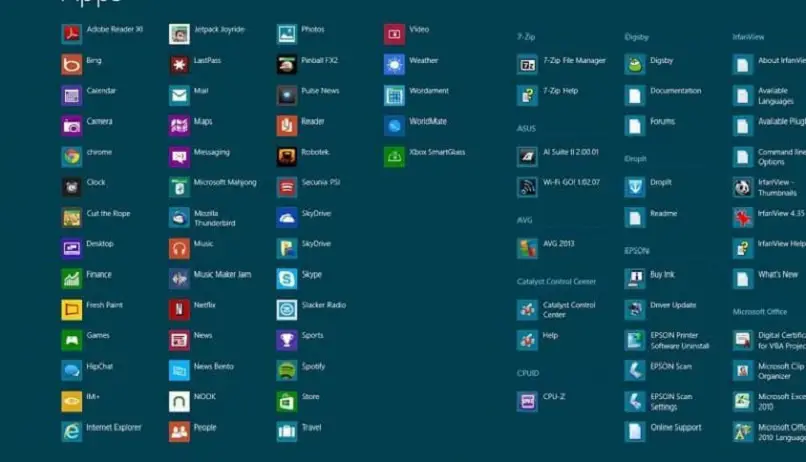
In the IP value, we are going to change it or replace it with the IP address of the remote computer, whose information we want to know of the installed programs.
In the User value, we replace with the name which is on the remote computer and which, of course, must have administrator permissions, in this way we will get the required information.
And in this way, we end this article, which gives you valuable information on how we can see the programs installed on the local or remote computer in Windows PowerShell. But we can also see the hidden files , via this Windows 10 console.

